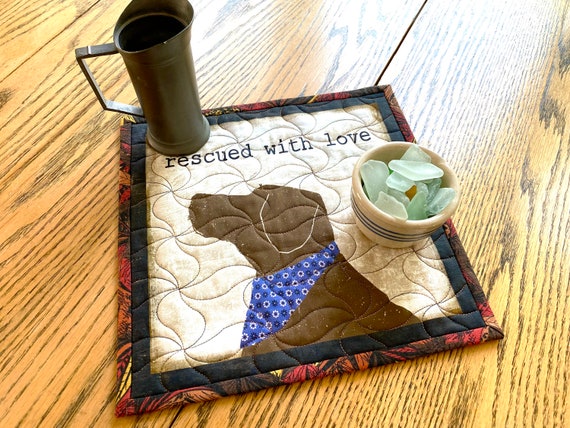See This Report about Unique Art
Table of ContentsThe Basic Principles Of Unique Art The Ultimate Guide To Unique ArtUnique Art Things To Know Before You BuyThe Ultimate Guide To Unique Art
While one may debate which art type holds precedence, the reality stays that each of these 7 forms provides a distinct window right into human background, culture, and development. They are the tapestries that chronicle our trip, advising us of our past while inspiring visions for the future.Fantastic artwork informs a tale, makes people look twice, and creates a distinct experience that can not be matched. Art and pictures interact every one of that with shade, form and various other design elements. Find out exactly how to make your special art work stick out from the group.
3 Emil DervishIn this entrance by Emil Dervish that lovely cobalt blue door swipes the program. To bring much more drama, he extended the paint. to the doorframe and the wall surface up, ending up in a curved form. The contours, in addition to a round sconce, soften the edges - Unique Art. Frames vintage posters and maps of precious locations established the scene.
8 TRIA GIOVANEqual parts grand and laidback, this foyer designed by Anthony Baratta is the perfect blueprint to adhere to if you're embellishing an official entrance that still really feels unfussy and comfortable. Patterned fabrics take spotlight (see the carpets and the sofa), but they additionally aid bring the high ceilings down to a human scale when hung over wallpaper.
Not known Details About Unique Art
18 Heidi Caillier DesignA gallery wall surface does not need to occupy the entire area. In truth, sometimes a small one can make a larger design statement. In this living area, Hiedi Caillier went with micro-mini frames and an arbitrary structure. Promotion - Continue Reading Below19 Stephen Kent JohnsonDesigner Juan Carretero chose a deep eco-friendly paint shade to contrast with the light timber finishes.
, the expression of ideas and feelings, with the development of certain visual qualities, in a two-dimensional aesthetic language. The elements of this languageits forms, lines, colours, tones, and texturesare used in different means to create experiences of volume, room, motion, and light on a flat surface. These components are integrated right into meaningful patterns in order to stand for real or superordinary sensations, to interpret a narrative motif, or to develop wholly abstract visual partnerships.
Later the concept of the "great musician" created in Asia and Renaissance Europe. Popular painters were paid for the social standing of scholars and courtiers; they authorized their job, decided its style and typically its subject and images, and developed a more personalif not constantly amicablerelationship with their clients. Throughout the 19th century painters in Western societies began to lose their social position and protected patronage.
Excitement About Unique Art
Others made an earnings with touring exhibitions of their work. The requirement to appeal to a marketplace had changed the similar (if much less impersonal) needs of patronage, and its result on the art itself was probably comparable. Normally, artists in the 20th century could reach a target market only via business galleries important link and public galleries, although their work might have been periodically replicated in art regulars
For a conversation of the bogus of masterpieces, see bogus. For a conversation of the function of paint and other arts in religion, in addition to of the use of spiritual symbols in art, see spiritual significance and iconography. For details on various other arts associated with painting, see short articles such as drawing; folk art; printmaking. , also when a painting's narrative significance is unknown.
Do not copy the style additional resources of other artists if you're searching for your design. Duplicating various other people's art work can be fantastic in instructional objectives but it will certainly not make you closer to finding your own one-of-a-kind style. Your artistic style needs to be, what you such as and what inspires you.

The 9-Second Trick For Unique Art
You need to try lots of various options and explore everything prior to you can concentrate on one particular style or you'll be bored, or even worse, you'll despise your own design. I suggest you to attempt every single subject that you're interested in, check out as much as you can. Try various tools that excite you and brand-new strategies you've never attempted before.
With time you'll have the ability to sort every one of them into your favorite and the very least favored classifications. Try to concentrate your interest on the topics and mediums that you like and before you see it coming you'll have your own individual and distinct design, like no one else have! So in the long run you'll have a few preferred subjects to paint and internet maybe a few favored mediums.
